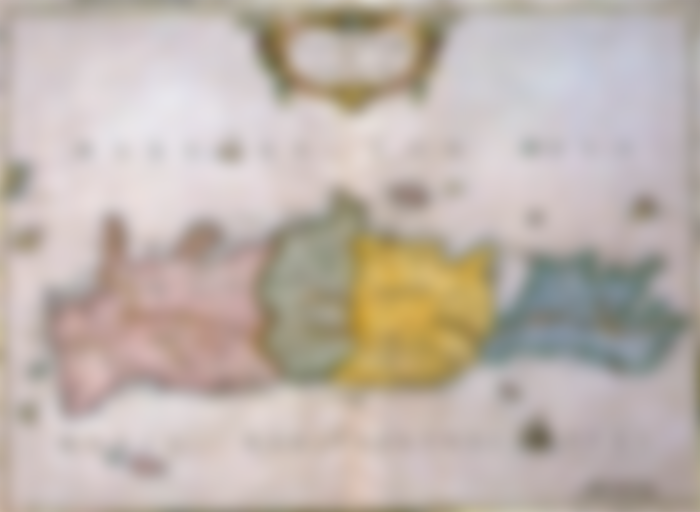On September 27, 1669, the longest siege in the history of warfare ended when the Venetians finally surrendered their last stronghold on the island of Crete to the Ottomans. That last fort was the famous Candia, today known as Heraklion. It is still the largest city in Crete, and serves as the administrative center of the Greek island. The Venetians named the whole island of Crete Kandija after that city.

The siege of the city of Candia lasted for more than 21 years, and began on May 1, 1648. The war between the Venetian Republic and the Ottoman Empire that lasted at that time is called the Candian War. The famous poet Lord Byron likened the siege of Candia to the Greek siege of Troy in mythical times.

The island of Crete was once the richest and most important Venetian estate in the Mediterranean. The Turks attacked it in 1644 and by 1648 they had managed to conquer most of the island and reach the capital, the aforementioned Candia. In the end, the Turkish Grand Vizier Fazil Ahmed-pasha Ćuprilić came to the island alone. The Grand Vizier played the role of today's Prime Minister in the Ottoman Empire.

Fazil was the son of the famous Grand Vizier Mehmed-pasha Ćuprilić. In the first few years of the war, the Ottomans managed to conquer the whole of Crete except for the fortified Heraklion (then Candia, Italian Candia), which successfully resisted attacks. The Ottoman siege of Candia dragged on, forcing both sides to focus on strengthening their own supply lines towards Crete and disrupting the enemy. Given that the Ottomans were numerically stronger, the Venetians saw their only chance of victory in disrupting Ottoman supply lines and obstructing the bringing in of new manpower.

The war, therefore, turned into a series of naval battles. The Venetians had the help of a number of Western European states encouraged by the pope, and in the revived spirit of the Crusades sent aid to the Venetians in the form of manpower, ships, and supplies. Venice maintained supremacy at sea throughout the war, winning most naval battles, but efforts to block the Dardanelles were only partially successful, and Venice still failed to engage enough ships to completely block Crete.
The Ottomans had to engage part of their forces in the north, in Transylvania and towards the Habsburg Empire, and they also lost strength in internal unrest.

The long conflict exhausted the Venetian economy, which relied on trade with the Ottomans. By the 1660s, despite the help of Christian states, war began to be felt in Venice. The Turks, on the other hand, having managed to maintain their forces in Crete and refreshed under the leadership of capable viziers from the Köprülü family, decided in 1766 on a major military operation overseen personally by the Grand Vizier. This marked the beginning of the last and bloodiest phase of the siege of Candia, which lasted more than 2 years, and ended with negotiations on the surrender of the fort. This sealed the fate of the island and the Turkish victory (at least as far as this battlefield is concerned). By peace treaty, Venice retained several isolated fortresses on the islands around Crete.
The Ottomans and these final offensive operations cost the lives of as many as 70,000 Ottomans and another 38,000 local Cretans and slaves who had to dig trenches and tunnels under the city walls.
The Venetian need for revenge would lead, only 15 years later, to a new war, from which the Venetians would emerge victorious. But Crete was permanently lost to the Venetians and would remain under Ottoman rule until 1897 when it became an autonomous state, only to be reunited with Greece in 1913 by the Treaty of Athens.

The Candian War also raged in Dalmatia. The Ottomans even threatened Zadar and Split, and besieged Šibenik. In the end, however, the Venetians were more fortunate on the Dalmatian battlefield than in Crete. They managed to repel the Ottomans, conquer Klis, Knin and most of the Dalmatian hinterland. Eventually, with the peace treaty of 1669, Venice gained so much territory in the hinterland that its Dalmatian possessions tripled. By doing so, she somehow made up for the loss of Crete.





